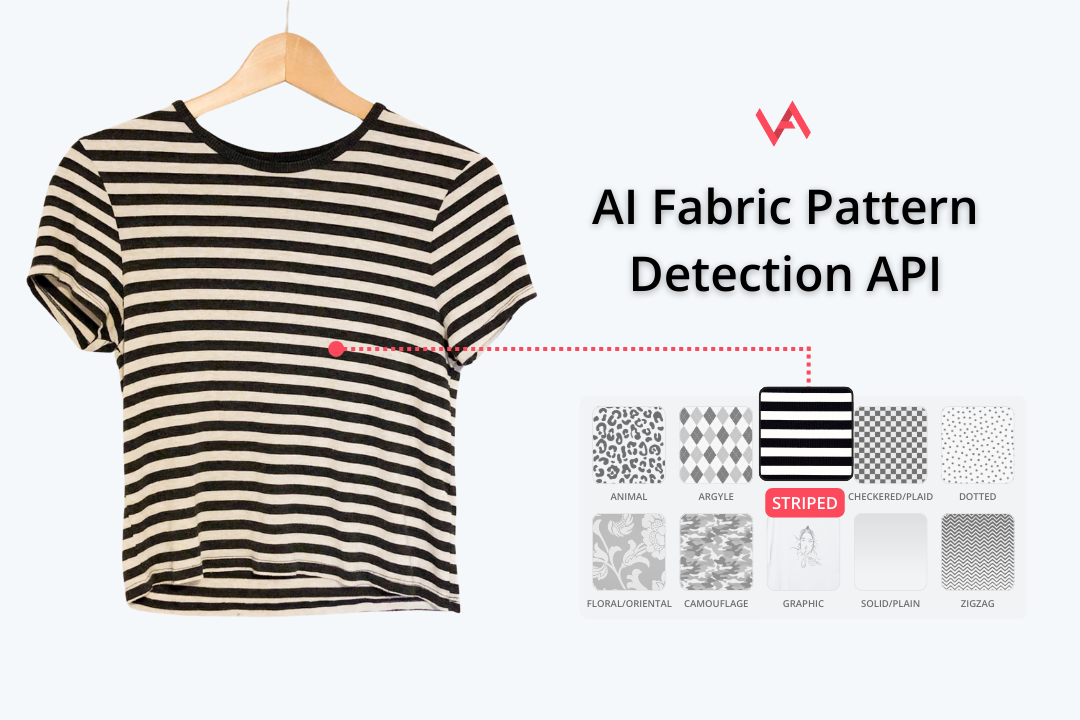

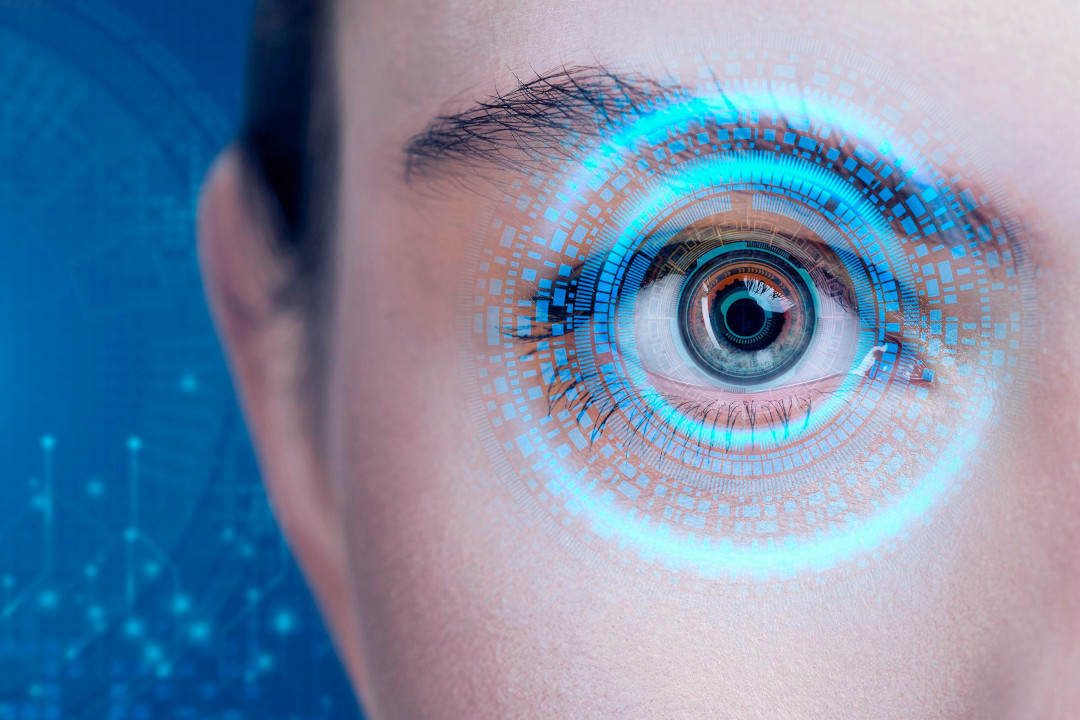
On March 20, 2023
Visual search works much in the same way as a search engine, except that it uses an image or video instead of keywords to locate what you are looking for. With visual search, you can find items with similar colors, shapes, and sizes quickly and easily.
Imagine watching a movie with your favorite actor in it. He is wearing a unique suit that makes him look like the king of action and fashion. You instantly decide you want a suit like his, but don’t know how to find it. Googling “Actor’s name suit from movie X” would probably not give you a link to a shop where you can buy the suit. Before you know it, hours of searching have gone by, and you haven’t even found the suit in the store. Is this kind of suit, or any similar suit, even available for sale?
Many people have faced similar or exact scenarios like the one above. Finding the exact item one has in mind is a different story when it is difficult to translate a visual idea into words. “An image is worth a thousand words” is an expression that exists for a reason. According to MIT research, people only process 90% of information from vision. A study conducted by The Intent Lab, a research partnership between Performics and Northwestern University, revealed some interesting facts:
In another study, Accenture research has shown:
Visual search is perfect for shoppers who face two common dilemmas: “I don’t know what I want, but I’ll know it when I see it” and “I know what I want, but don’t know what it’s called.” – Amazon
And that’s the reason why you need visual search. Let’s take a closer look at it.
Simply put, Visual Search uses AI technology to help you search through real-world imagery. So, instead of sifting through endless text queries, real-world imagery can be used as an alternative, making it easier and faster than ever before. But, how does Visual Search actually work? We will explain this complex process to you.
Every image, for example, an image of a red jacket below, has XY attributes: color (red), model (puffer jacket), texture (solid), sleeve-length (long sleeve), category (men’s jackets), etc.

We want to find items with the same or similar attributes, but not all of these attributes are listed in the ad. There comes the visual search technology.
It implicity learns the features of similar items. Machine learning model then converts an image to a vector that can be used to search the items at high speed. It basically works by the same analogy as the human brain, but much faster and at larger scale.
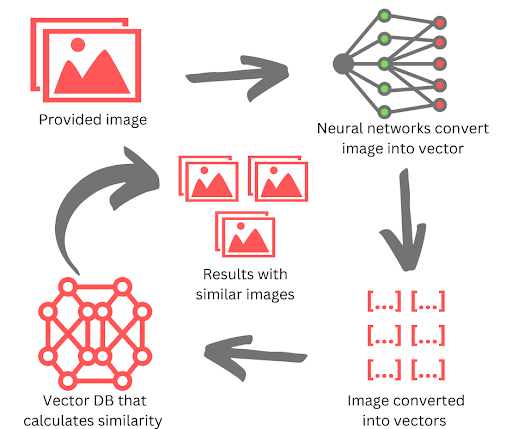
Meaning, visual search enables you to sift through millions of images to find the best visually matching items. The results, which are delivered in a few seconds, are only the visually and semantically relevant information. So, if you are looking for a red jacket, the results you’ll get will be only red jackets. Visual search is your time-saver and probably the future of search engines.
Now that you know how visual search works, you can imagine how much this AI technology can simplify business processes, increase revenue, and build a more user-friendly / customer-friendly environment.
Since we are designing visual search to discover new products, this technology is the most popular:
But, you can use Visual Search in many businesses and industries. If you work in eCommerce or run a retail store, or you work with product catalogs, image galleries, and even on social media platforms like Instagram, Visual search can bring you many benefits. For example, below are the results of one of our clients that show the increase in all relevant metrics after starting to use our Visual Search:
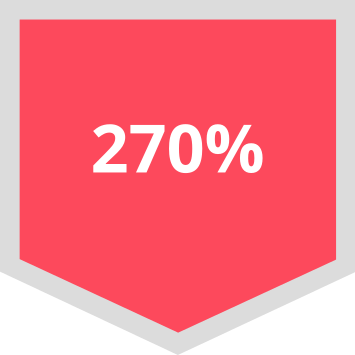
Increase in the adviews per session
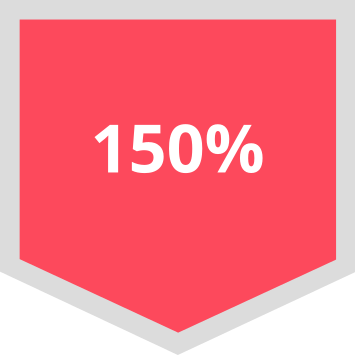
Increase in the time spent per visit
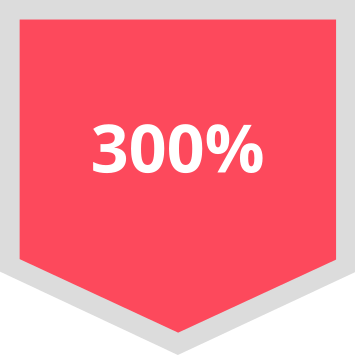
More responses per visit
It’s simple - it can improve your business in many, many ways. Visual search is much faster than traditional text-based searches, as users don’t have to enter keywords. Additionally, since visual search uses vectors calculated from a single or multiple images that contain details of the item, the results tend to be more accurate and precise than text-based searches. In addition, visual search can be used to quickly identify items in a photograph, such as the type of flower or pictured bird.
Visual Search offery many benefits. If you need to quicky analyze large number of images, Visual Search can help you. It can be used to find duplicates, helping your customer service. Also, of course, as we’ve mentioned before, if you are a retailer, this technology will improve your customers’ experience.
In summary, Visual search is a powerful tool that can help speed up the search process and return more accurate results.
There are also technologies based on computer vision and AI than can automatically suggest categories, recognize colors and patterns on images, detect sleeve length, etc.
This AI technology is a time-saver for customers. And you know from your own customer experience how important it is to shop somewhere where you can get your product quickly and precisely. Visual search just makes it easier for customers to find what they are looking for.
As we mentioned at the beginning of the text, if you want to know ASAP everything about a particular piece of clothing, some product, or an item you just saw on your favorite TV show or in a shop window in a city, all you have to do is use your phone camera and visual search technology. In a blink of an eye, you’ll get information about your query.
When you, as a customer, experience user-friendly, easygoing, and successful online shopping, you will definitely buy from that website more than once. That’s how your customer thinks, as well. By improving customer satisfaction, you are creating regular customers who will keep coming back to you and your website.
Visual search is a powerful tool that can actually boost sales by suggesting related products. Namely, when some of your customers see suggestions based on the image of the product they were looking for, they will probably stay a little longer on your website. And buy more items!
Visual search is beneficial for out-of-stock items. Namely, if your customer wants to buy something currently not available, Visual Search will offer similar products, which might make your customer want to make a purchase.
If you have an eCommerce brand, one of your KPIs is probably better reach and engagement. To achieve that, you need something that keeps your customers on your website, meaning you need decreased bounce rates.
If you have implemented Visual Search into your website, the bounce rate is likely to decrease, as Visual Search technology will guide and navigate your customers all over the website to keep them there longer.
Visual Search can be integrated into multiple locations: into your website, into your mobile application, as a chatbot, as a widget, etc. There are also plugins that can be used on some platforms.
Our solution can be used as a Saas REST API or deployed on your premises to keep all your data private. We offer a simple REST API integration that can be used on any of the platforms. We have developed it so it can work independently of your back-end code and programming language, so you don’t have to worry about dependencies.
Our solution is written in a modular way, which enables custom integration features. This means it can also be integrated with your existing search engines, such as ElasticSearch or Solr. That way it can be combined with existing filters you use (price, location, etc).
You can also contact our AI experts to learn more and get help.
As metioned above, our Visual search can be integrated with search engines you already use, such as Elasticsearch or Solr. Let’s stick to the example of red jackets. Our Visual search can find all the red jackets that are similar to the one you were looking for. But, if you are looking for a specific size or brand, or if the jacket is new or used, you can filter your search with already existing search services on the website.
Still, our Visual search doesn’t have to be integrated with Elasticsearch or Solr. You can integrate it into your website as an external API.
There is also an option to deploy it on your premises, If you want to use it in this form, you don’t have to worry about image privacy. Simply put, our Visual Search system enables you to keep all the confidential information within your system. Your images, information about them, etc. will not be available to external vendors.
What we can point out as big advantages our Visual Search has are:
Check out our demo:
When it comes to AI technologies, data means almost everything. By carefully analyzing your datasets, we ensure that our AI models are fine-tuned for optimal quality and performance. In the chapters below we will highlight the things needed to either prepare your site and data for visual search or to make the most of it.
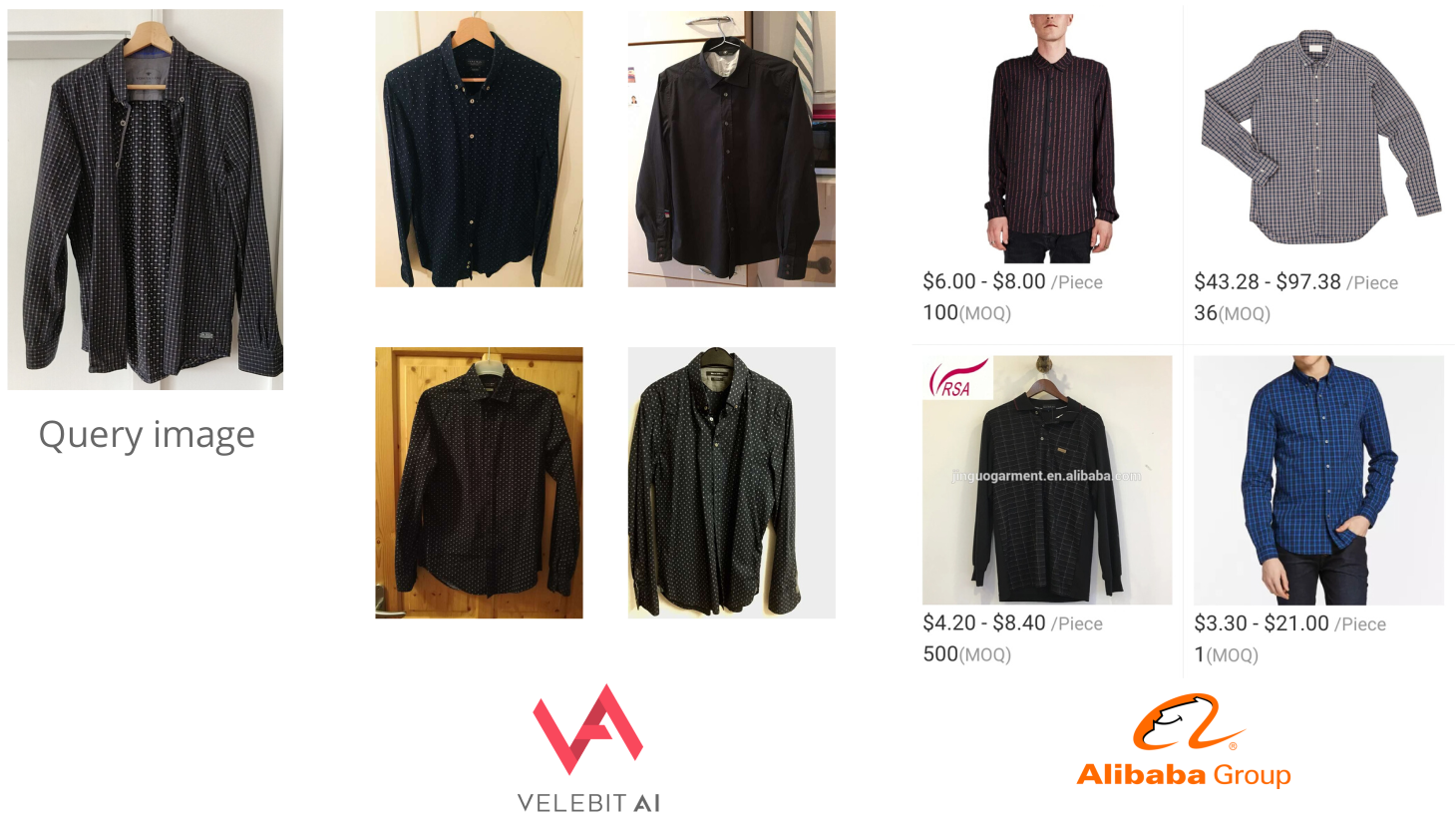
If you want to have good results, “fill” your website with a lot of content, in this case, images and descriptions. Visual Search can’t find the things you don’t have. 4-7 images per item are optimal. Allow users to easily upload more images. This will result in improved results and the resulting images will look more similar to the one you are usi
Finding duplicate postings can be disappointing for a user. They think there is one more item, very similar, but no, that’s just a duplicate. That kills user experience. Also, having duplicate items makes you less reputable and the site looks spammy.
There are a lot of AI-based solutions that can find or suggest duplicates. These can be used, together with someone from the support team or customer experience to remove duplicate ads.
Adding additional attributes when posting an ad or listing an item for sale can be cumbersome. But these attributes can be later used for filtering by user, or by making machine-learning models for your visual search better.
How to do it then? Well, you can make that process as easy as possible. You can employ an attribute-suggesting plugin or module for your website. Tasks like that can be easily solved by using AI. This way, it’s very easy for the user to just say: Yeah, that’s fine, use these attributes.
If you have some descriptive content, such as prices, models of the items, special features, etc., write them. Don’t forget the golden rule of successful implementation of Visual search: data means (almost) everything.
Visual Search is one type of similarity recommender. Similarity recommenders or content recommenders recommend based on semantics (do these two things do the same thing, are their purpose and looks similar). Compared to that, there are collaborative filtering-based recommenders use the information on which items are bought together.
Similarity recommenders from Velebit AI use images, text, or a combination of both for recommendations. For the Fashion industry, we use mostly images, whereas for job recommendations we use only descriptions.
Similarity recommenders are a bit broader term and can be used on a larger set of domains. It uses a hybrid model that combined text and images, but in other ways, it works the same way as Visual Search.

Visual Search is a process of searching for an item based on its visual appearance. It can be used to find similar items in online stores or to identify objects within photographs.
It typically involves uploading an image or selecting one from existing collections. Visual search technology then uses computer vision algorithms to match the query image with similar items in the database.
Image search, on the other hand, is a type of online search that uses keywords or phrases to find images related to the query. It works by searching for images that contain the same words as what was typed into the search bar and returning images from websites hosting those images.
Unlike visual search, image search does not rely on images or visual appearances. Instead, it relies solely on text-based information from the web page associated with each image to determine search results.
Additionally, since image search is based on words only, it may return unrelated images that contain the same words as what was entered in the search field. Visual Search hinges on algorithms that detect patterns and colors within images, enabling it to provide more accurate results.
Overall, the key difference between Visual search and Image search is that Visual Search uses an image as the basis for its query, while Image search only uses text-based information from a web page.
All those visual search platforms have their own functionalities, but the most popular are Google Lens, Pinterest Visual Search, eBay Image Search, and Amazon Find It.
Google Lens is an AI-powered visual search engine that can identify objects from images and videos. It uses machine learning to understand the context of a photo, such as its surroundings, and then presents related information about what it finds. It can identify literally anything.
Also, with Google Lens, anyone can get an instant translation of foreign signs and other objects. Simply point the camera at whatever you want to translate, and let Google Translate do the rest!
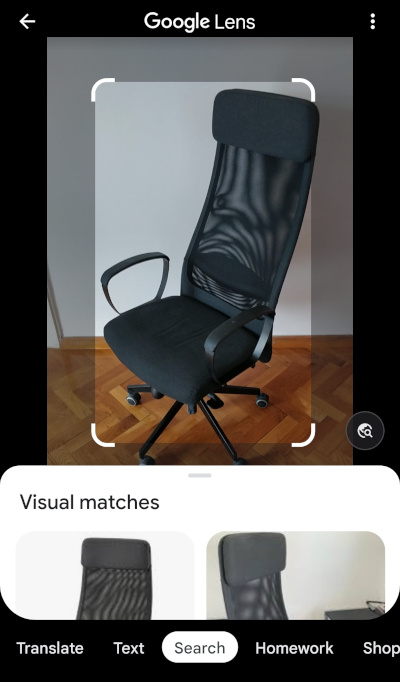
Pinterest Visual Search is a tool that allows users to search for products on Pinterest by uploading an image or simply pointing their camera at something they want to find. The results will be images of similar items from different retailers.
eBay’s image search tool allows users to find products quickly and easily by taking a photo or uploading an existing one. It then searches through eBay’s inventory for items that match the image, allowing you to shop for various items with just the click of a button.
With StyleSnap, shoppers can easily find their perfect product with a snap of the camera. The convenient function is available within Amazon’s mobile app - simply take an image and get style inspiration right away! When you are a big player like Amazon, technology like this is more than beneficial, because it gives its customers better insight into the products.
This AI-powered visual search engine uses machine learning to understand the context of a photo, and then presents related information about what it finds.
Similar to Google Lens, Bing Visual Search can identify plants, animals, landmarks, clothing items, and more, as well as provide useful information like nutritional value when pointed at food. Bing Visual Search is an efficient way to search for items on the web, without having to spend time typing in keywords or browsing through countless results!

A visual search is an effective tool that can help both you and your customers find the items you are looking for quickly and easily. By utilizing high-quality images, tags, labels, and captions, as well as optimizing for mobile devices, you can use this technology to improve your customer experience and boost sales.
Brand recognition
Content filtering
Dominant colors detection
Custom classification
Image tagging
But, you don’t have to worry about all this stuff, because we will ensure you get a visual search tailored to your needs. And if you need more than Visual Search, we can help with services like brand recognition, content filtering, dominant color detection, custom classification, and image tagging. Feel free to contact us.
Partner with us to develop an AI solution specifically tailored to your business.
Contact us